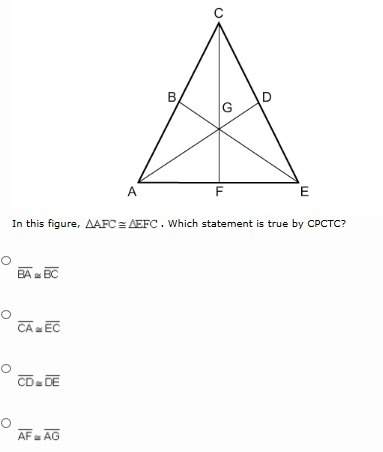
Mathematics, 12.10.2020 19:01 AquaNerd5706
An environmental group is interested in what percentage of Americans consider climate change an immediate threat to humanity. From a representative list of 20677 American citizens, they randomly sampled 30; all responded to their questions. They will consider the sample proportion of respondents that agree climate change is an immediate threat to humanity. Previously, 35% of Americans considered climate change an immediate threat to humanity; assume this has not changed.
1. Is it appropriate to use normal distribution to describe the sampling distribution of sample proportion?
a. Yes, because 10.5 and 19.5 are greater than 10.
b. Yes, because 30 American citizens were sampled.
c. No, because this problem concerns the sample proportion instead of the population proportion.
d. No, because the sampling distribution is skewed.
2. Calculate the probability the proportion of the 30 Americans sampled that agree climate change is an immediate threat to humanity exceeds 35%

Answers: 3


Other questions on the subject: Mathematics


Mathematics, 21.06.2019 17:40, JordanJones04402
Given f(x)= 9x+1 and g(x)=x^3, choose the expression (f*g)(x)
Answers: 2

Mathematics, 21.06.2019 20:30, becca2327
Tom is the deli manager at a grocery store. he needs to schedule employee to staff the deli department for no more that 260 person-hours per week. tom has one part-time employee who works 20 person-hours per week. each full-time employee works 40 person-hours per week. write and inequality to determine n, the number of full-time employees tom may schedule, so that his employees work on more than 260 person-hours per week. graph the solution set to this inequality.
Answers: 2

Mathematics, 21.06.2019 21:50, amakayla57
What is the next step in the given proof? choose the most logical approach. a. statement: m 1 + m 2 + 2(m 3) = 180° reason: angle addition b. statement: m 1 + m 3 = m 2 + m 3 reason: transitive property of equality c. statement: m 1 = m 2 reason: subtraction property of equality d. statement: m 1 + m 2 = m 2 + m 3 reason: substitution property of equality e. statement: 2(m 1) = m 2 + m 3 reason: substitution property of equality
Answers: 3
You know the right answer?
An environmental group is interested in what percentage of Americans consider climate change an imme...
Questions in other subjects:



Social Studies, 16.12.2019 16:31

Biology, 16.12.2019 16:31

English, 16.12.2019 16:31



Biology, 16.12.2019 16:31


 ~ N(0,1)
~ N(0,1)  = sample proportion of Americans who agree climate change is an immediate threat to humanity
= sample proportion of Americans who agree climate change is an immediate threat to humanity ) = P(Z > 0) = 0.50
) = P(Z > 0) = 0.50


